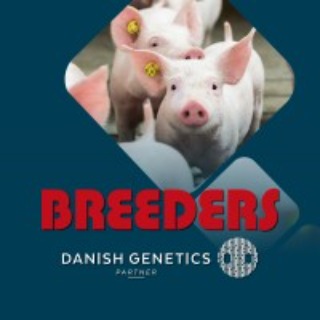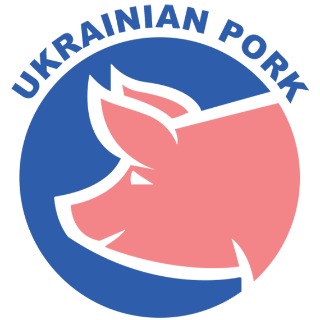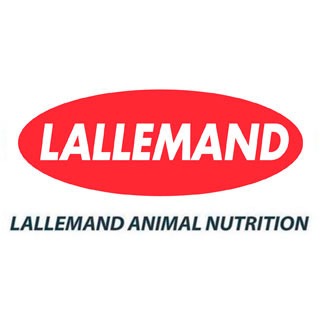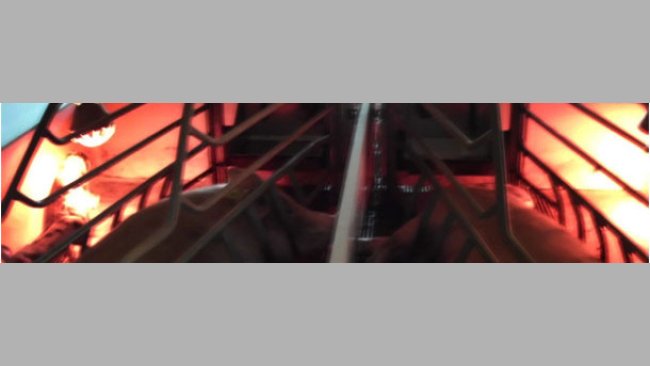
How to protect the sows from the heating lamps in the farrowing quarters
In many occasions, the location of the heat lamp very near to the head of the sow can bother her.
The pig sector events all around the world
Weekly newsletter with all the pig333.com updates
Swine industry news in your email
Pig health: news and articles on PRRS, PCV2, biosecurity, etc, Pig disease guide, atlas of pathology, clinical cases…
Biocheck.UGent is an independent, risk-based, scientific scoring system for assessing the quality of your on-farm biosecurity.
A visual and practical step-by-step guide on how to perform a necropsy on a pig.
All the information about ASF: how to recognize the disease, how it is transmitted, pictures of lesions, latest news, guides, etc.
Description of the most important diseases and conditions in pigs
Images of major swine diseases
Pig disease diagnostic tool
Definition for the most commonly used pig terms
Simulator that calculates the amount of drug to add to the water when using a flow dispenser.
Weekly newsletter with all the pig333.com updates
Pig Prices by countries. Pork production and trade. News of the pig market and the raw materials
The latest slaughter pig prices in the most important pig markets. Check the evolution of the historical prices in charts and in several currencies.
Latest quotations for the main commodities used in pig feed. Historical graphs with the pig price and estimated feed price.
Figures & trends in pig numbers, pork production and pork trade.
Global production and trade data for the most important raw materials
Weekly newsletter with all the pig333.com updates
Articles on nutrition and pig feeding, characteristics of raw materials and additives for pig feed. Prices of raw materials
Latest quotations for the main commodities used in pig feed. Historical graphs with the pig price and estimated feed price.
Technical sheets of the main raw materials and additives used in swine feed. They include a comparison of nutritional values from various sources, product
Global production and trade data for the most important raw materials
Definition for the most commonly used pig terms
Use this tool to diagnose problems with the feed conversion ratio. Click on the flowchart or on the buttons within the text to navigate through the different parts of the tool.
A biweekly newsletter with the latest developments in swine nutrition
Articles on genetics and pig reproduction: genetic improvement, genomics, artificial insemination, use of hormones
Compare production data, calculate the number of sow, nursery, and finishing spaces, and visualize your tasks on the work schedule by type of BMS.
Tool that allows you to calculate the replacement rate in your farm
Definition for the most commonly used pig terms
Use this tool to find out why your farrowing rate is less than ideal. Click on the flowchart or on the buttons found within the text to navigate through the different parts of the tool.
Weekly newsletter with all the pig333.com updates
Management, pig farm management, work planning in each production stage: management in gestation, grow finish, batch farrowing
Compare production data, calculate the number of sow, nursery, and finishing spaces, and visualize your tasks on the work schedule by type of BMS.
Tool that allows you to calculate the replacement rate in your farm
Definition for the most commonly used pig terms
Weekly newsletter with all the pig333.com updates
Design of facilities and equipment for pig farms: building design, climate control, feeding systems, etc.
Biocheck.UGent is an independent, risk-based, scientific scoring system for assessing the quality of your on-farm biosecurity.
Environmental Footprint Calculator along the pork value chain.
Definition for the most commonly used pig terms
Simulator that calculates the amount of drug to add to the water when using a flow dispenser.
Use this tool to explore which slurry management strategy best fits your situation. Click on the flow chart or on the buttons within the text to navigate through the different parts of the tool.
Weekly newsletter with all the pig333.com updates
What makes us stand out is the quality and independence of our contents. Find out about the authors who make it possible. Our goal is to generate a virtual community of advanced users in the sector.

Casanovas was born in Barcelona in 1965 and he graduated from the Veterinary School of the Autonomous University of Barcelona (Spain), part of the second graduating class of the university's veterinary program.
In 1992 he began to work as an independent consultant advising producers, companies, and cooperatives.
Always involved with teaching, he collaborates with the Barceló's Scrofa Foundation and other institutions related with the training of professionals in the livestock industry.
Since the founding of 3tres3 he has collaborated on many different sections. He regularly published articles, clinical cases, and above all, editorials, in different magazines and media throughout Spain.
He has participated as a speaker at diverse events throughout Spain, Portugal, Colombia, Costa Rica, Panamá.
He annually assists the Jornadas de Porcino at the Autonomous University of Barcelona to present clinical cases.
He sorely misses José Barceló one of the people responsible for making sure that Latinos are also present as leaders in the international swine production industry.
Updated CV 07-Oct-2013

In many occasions, the location of the heat lamp very near to the head of the sow can bother her.
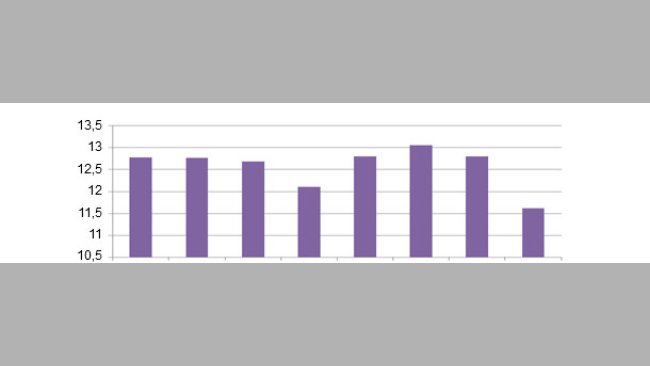
The author considers which is the ideal day for the mating and sets out the improvements in the results obtained when weaning on Monday.
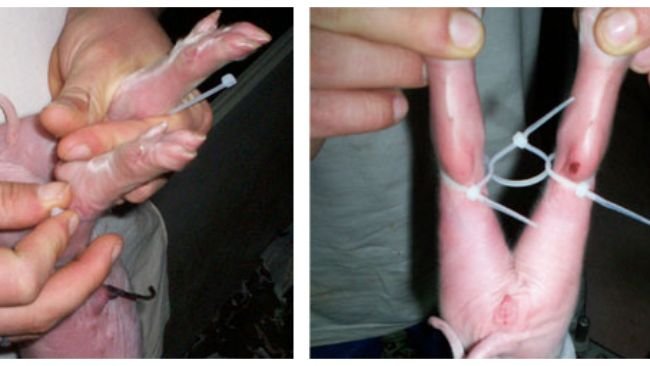
We hold the legs of the piglets together with plastic straps, avoiding that they move apart from each other.

Can we get to know if the behaviour, from the sanitary point of view, of a certain batch of animals during their growth stage is being correct? How can we achieve this?
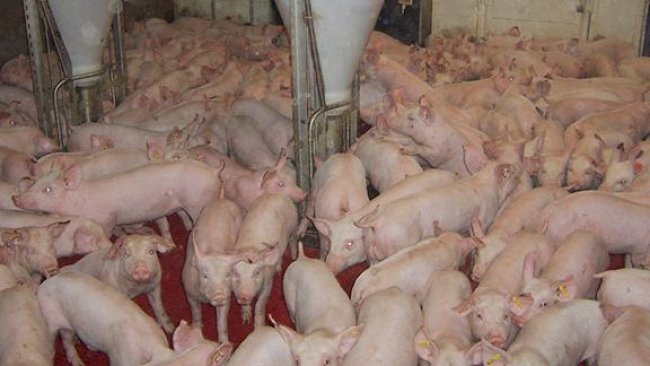
Production manuals and legislation often give recommendations as to the minimum space requirements for each type of animal. There are many sources where we can find information about the minimum requirements to ensure animal comfort. But, what is the optimal number of animals to put in a pen? Is there a magic number? There is not as much documentation on this topic.

The dispersion of matings described in the previous article is even more drastic on farms operating in bands over one week.

Wouldn’t it be great if all the sows on a farm (weaned sows, gilts, repeat breeders…) could be mated on the same day?! And if we were able to choose, on Mondays?
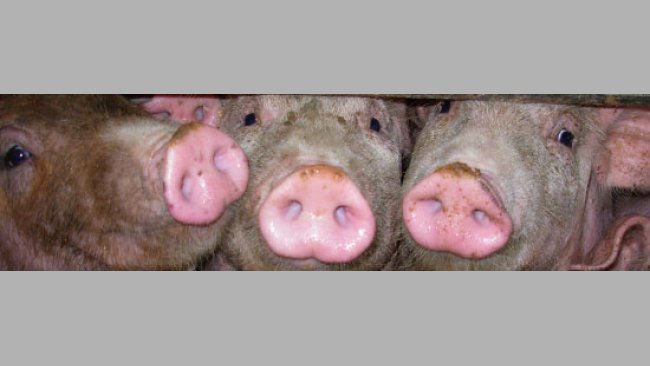
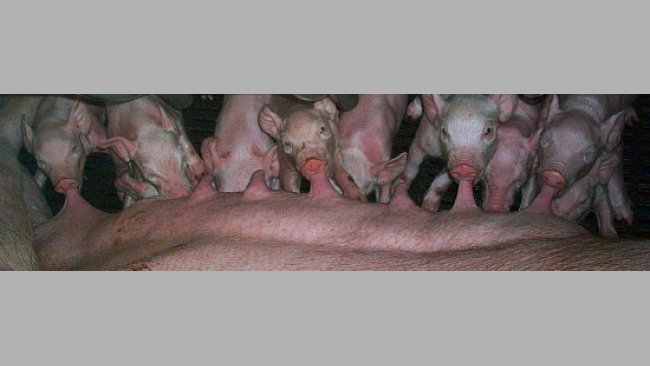
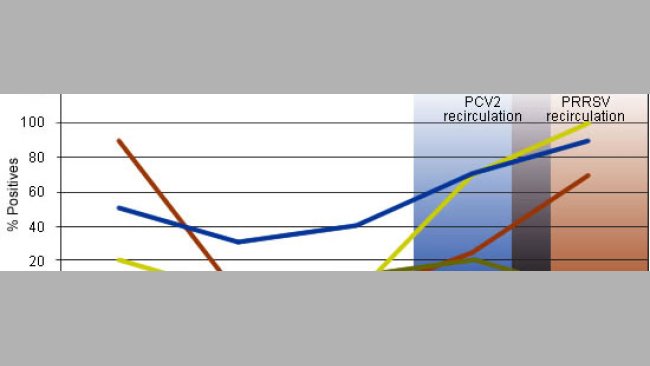
Welcome to 333
Connect, share, and interact with the largest community of professionals in the swine industry.
Celebrating 169014Users on 333!
Sign upAlready a member?



